Visiting ALMA
ALMA stands for Atacama Large Millimeter Array. It is home to the largest and most expensive astronomical telescope project in the world, situated on the Chajnantor plateau, one of the highest and driest places on earth. It is an astronomical interferometer of radio telescopes in the Atacama desert consisting of sixty-six 12-meter (39 ft) and 7-meter (23 ft) diameter radio telescopes observing at millimeter and submillimeter wavelengths.

Public Visits to ALMA
You can visit ALMA throughout the year on Saturdays and Sundays between 9:00 am to 1:00 pm.
Registration / Ticketing
Registration for visits is individual, even for minors. The system permits you to request a maximum of four adult and two child tickets for each day. Children below the age of 4 are not permitted on this tour.
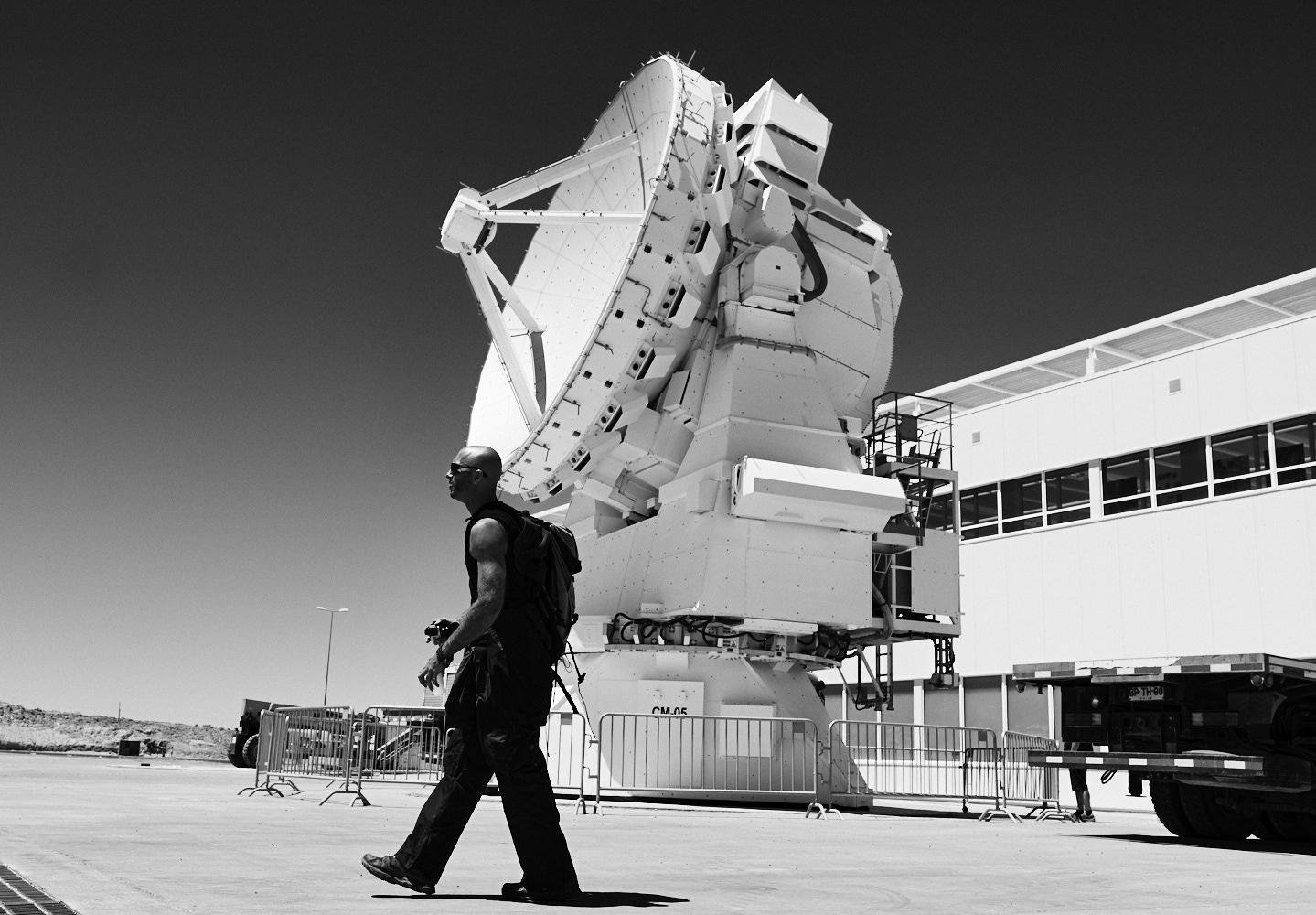
The tour is free of charge; the ticket window is now open for 2019 and 2020. You can register here If there are no available spots, you can register for the waitlist. They usually recommend people on the waitlist come up to the bus pick-up point at around 8:45 am to check if there are any available spots. They say that not everyone who registers actually shows up, so there is a chance that you might get lucky. I booked for the Dec 23 tour in July and still could not get a confirmed spot. I was put on the waitlist but eventually got a seat on the tour day.
Note: They give preference to the waitlist over the people who show up without any prior registration. If you wish to cancel your reservation, please send an email to visit@alma.cl at least 24 hrs in advance.
You can only visit ALMA through this public tour until and unless you work there. Also, it is mandatory to take their bus from San Pedro if you want to take the tour, you cannot take your vehicle to ALMA.
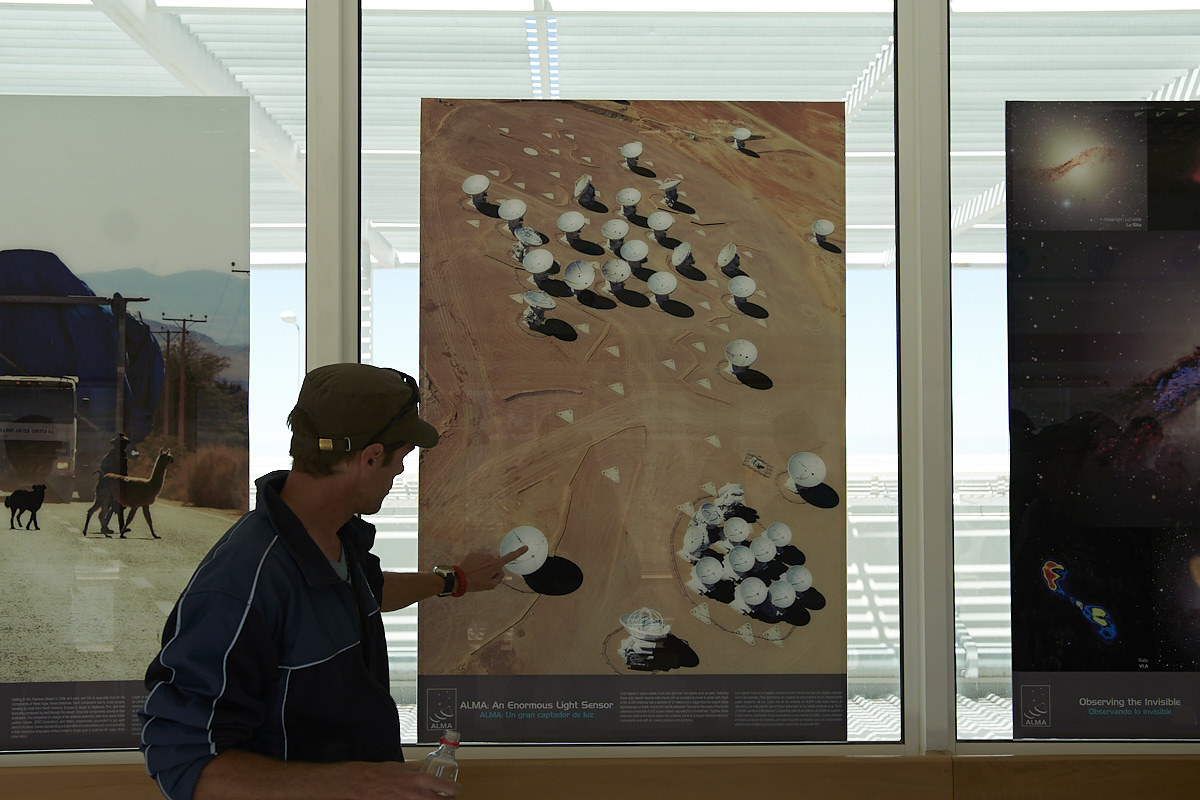
Pick up time and location
The bus will pick you up from Tumisa Street, close to the corner of Pedro de Valdivia Ave, near the San Pedro de Atacama bus terminal. The pick-up is at 9:00 am, and you return to the same location around 1:00 pm. Carry your ID; they check it against your reservation before you board the bus. If you miss the bus, you may NOT travel in another vehicle to ALMA because those on the waiting list will take your spot. The bus takes around 40 mins from San Pedro to ALMA each way.
Tour
Visitors tour the ALMA Operations Support Facility (OSF), where ALMA personnel work. You can observe the control room, laboratories, and antennas under maintenance. The total time of the tour, including the bus ride, is about four hours.
Tour is both in Spanish and English. They usually divide the people into two groups based on their preferred language. Our guide was very knowledgeable and talked about the facility, workings of the observatory and also explained the science behind radio astronomy in a layman’s language for anyone to understand. They also take you to the main control room, where you see astronomers working (it’s kind of cool to see actual astronomers working). We met two astronomers, and they were very kind to explain what they were working on and answered all our questions very patiently. The people in the facility are nice and friendly.
Note:
The tour does not take you to the Chajnantor Plateau(the Array Operations Site, or AOS, where the antennas are located), due to safety reasons.
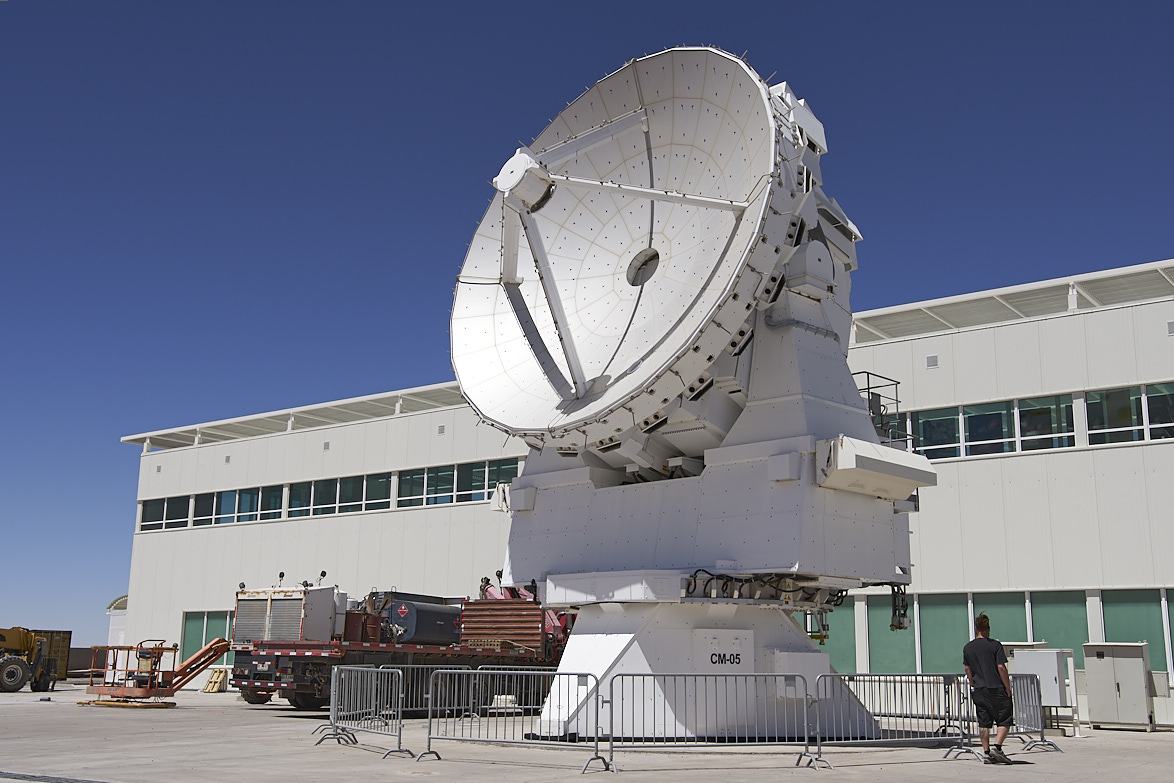
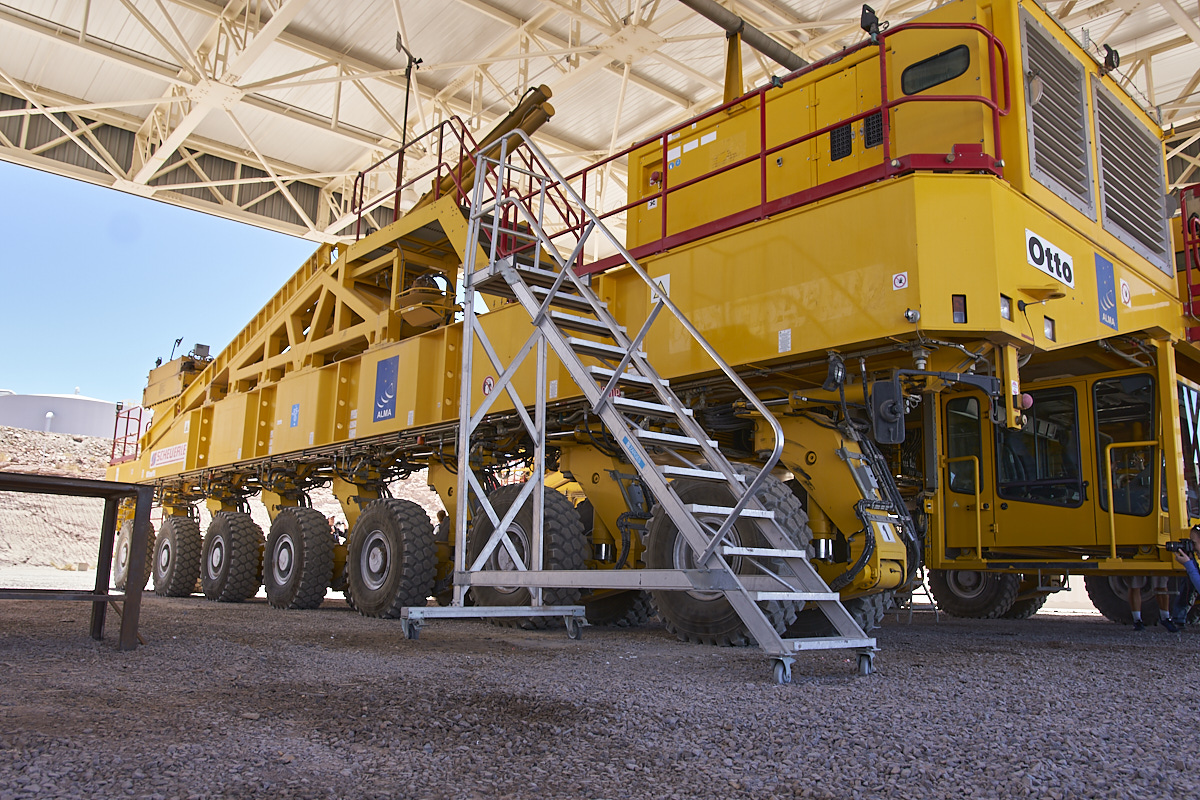
You can also see the camp where employees live and the technical building where they work —which contains laboratories and the antenna control room. Also, if you are lucky, you can see an antenna that usually comes to the observatory from the Chajnantor plateau for maintenance purposes. In our case, there was one, it was enormous. We could also see the cool yellow antenna-transporting machine called Otto. They are extremely huge you can actually walk under them.
They also show you a small film on ther history, workings, and discoveries of ALMA. Carry sunscreen, a hat, sunglasses.
ALMA has a panoramic view of the Atacama region. Volcano Lascar is also visible from the facility. Since the tour is conducted in the morning, you can see smoke from the mountain top.
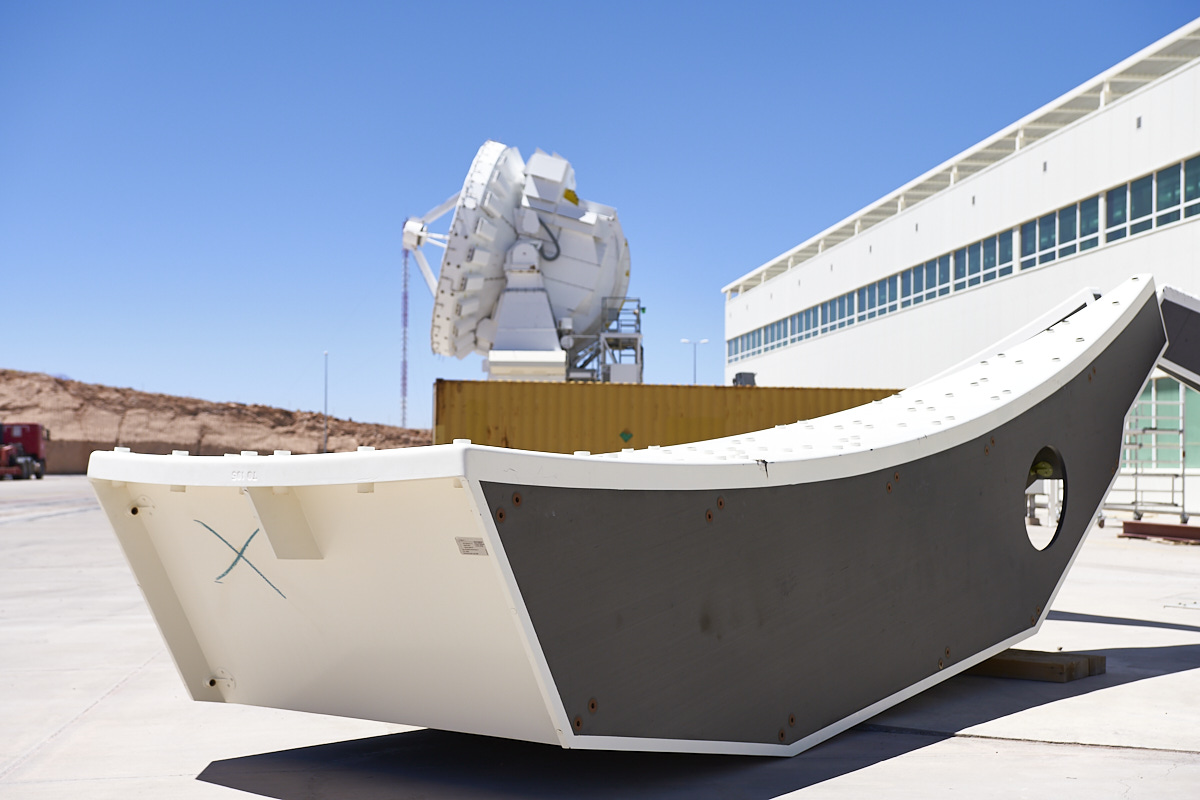 |
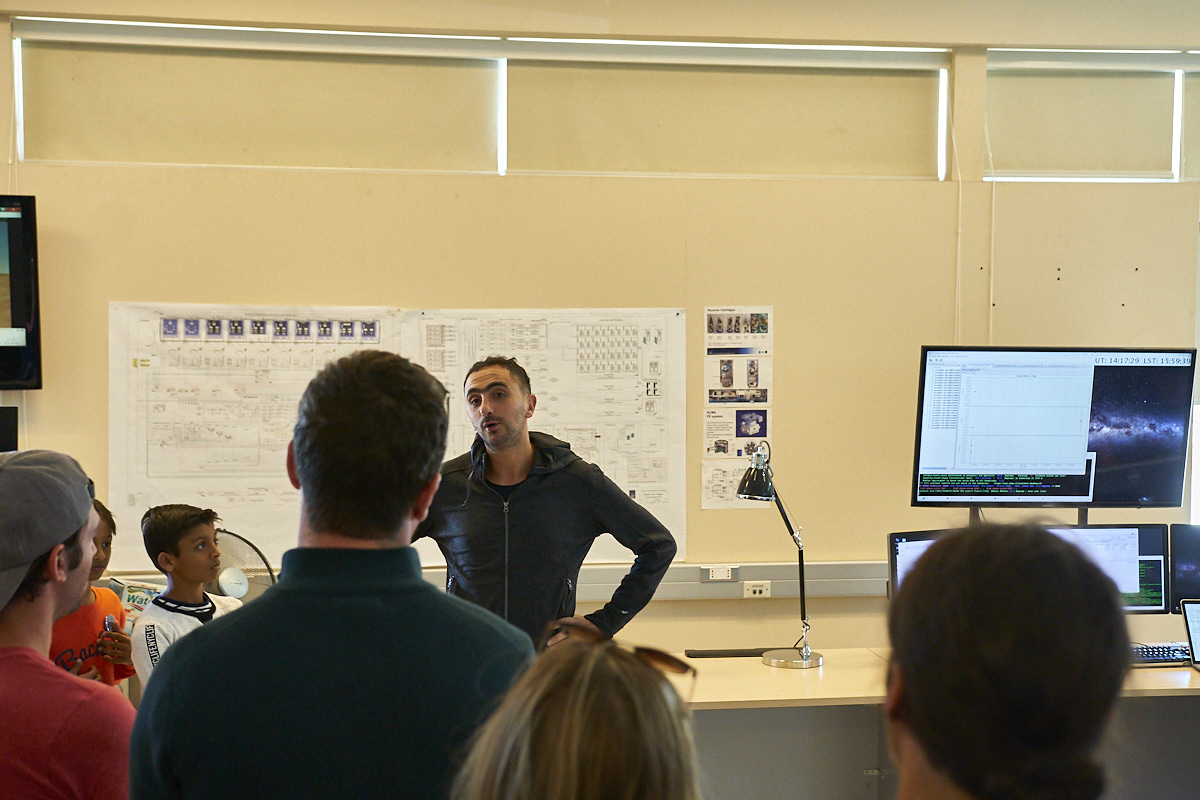 |
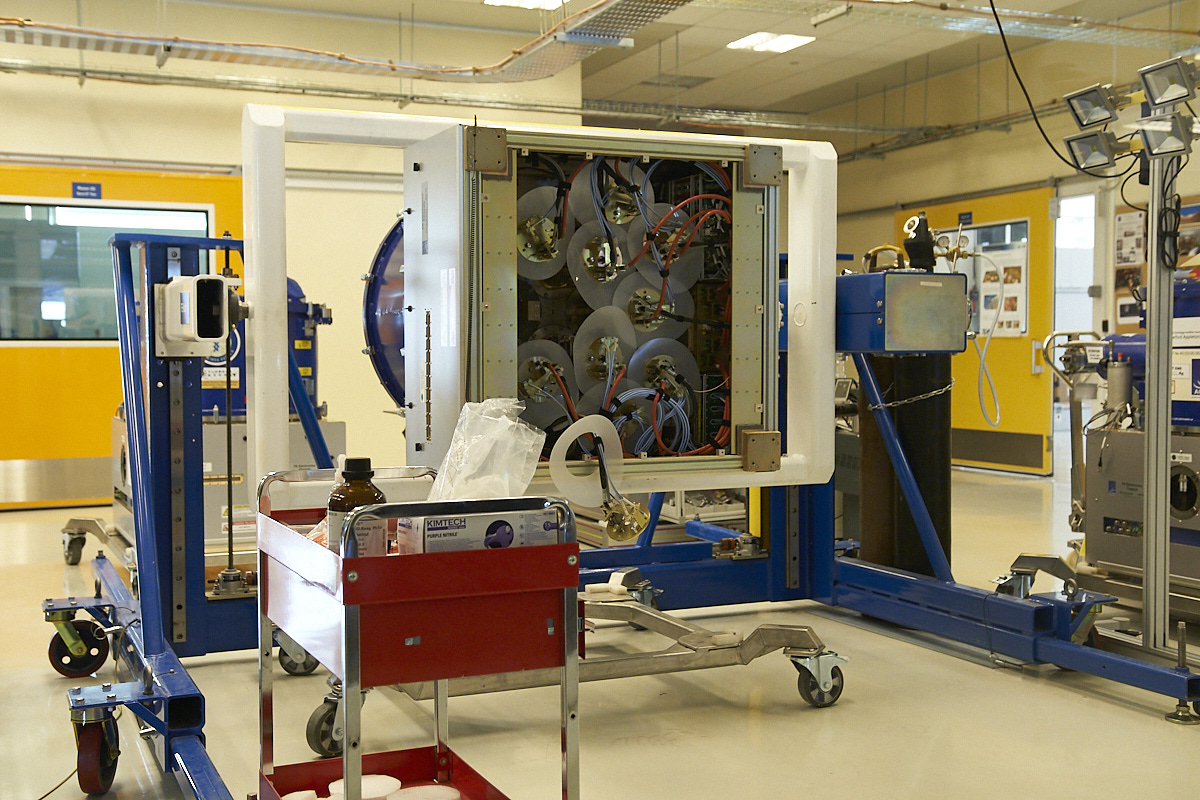 |
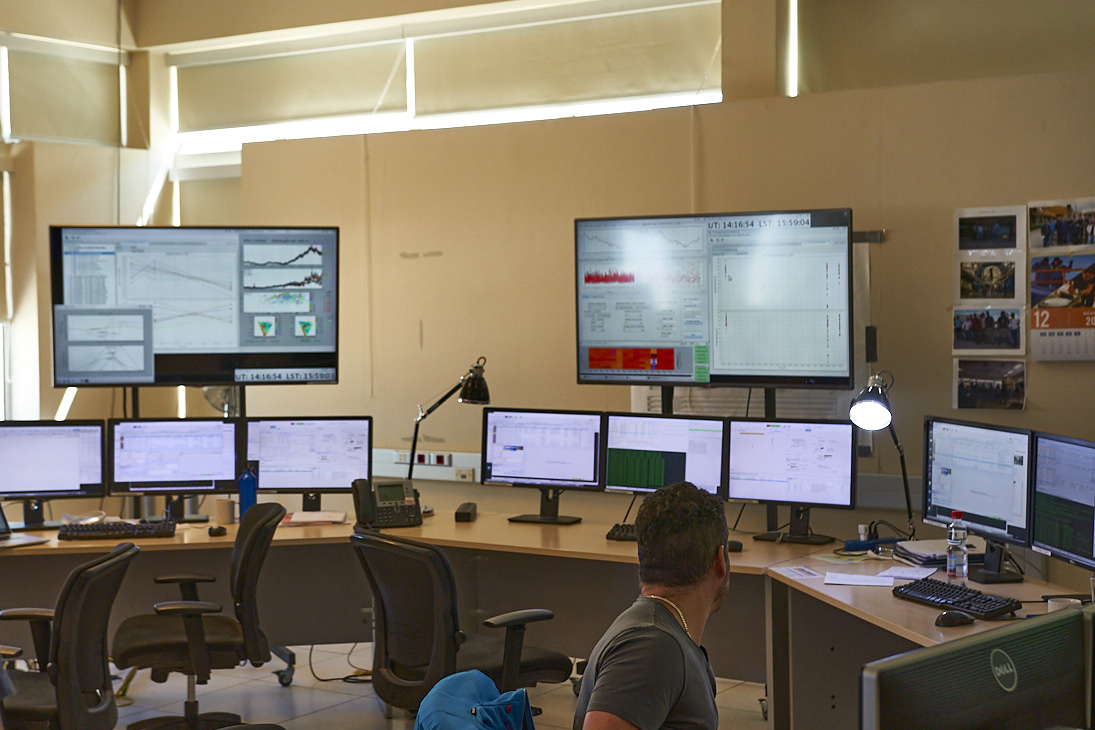 |